Project: make a power supply that can replace the 240V AC supply shown, so that I don't die when messing with the board that this connects to.
I'm only interested in the part inside the yellow box; the +40V output goes to the power amp section which I'm not working with.
So I went out and bought a 7812 and 7815, but then I got confused because of the general consensus that you shouldn't use a 7815 with inverted output pins as a negative voltage regulator, but it seems like that's what they're doing here.
I've ordered a 7915, but my question:
- (a) Is this circuit doing something smart by connecting the 7815's positive output to ground and using its output as -15V?
- (b) Is this circuit doing something weird, and I should use the 7915 to source -15V as the gods intended
- (c) it's impossible to tell, needs more info
Note that I'm sourcing ±30V DC from a preamp circuit in this project, which is higher than what would be at the input in this schematic but well within tolerance for the 7812/7815/7915.
My schematic, using a 7915:
simulate this circuit – Schematic created using CircuitLab
Version with 'reversed' 7815:

